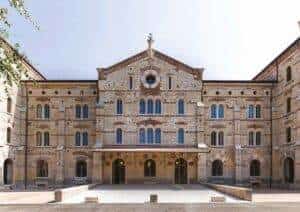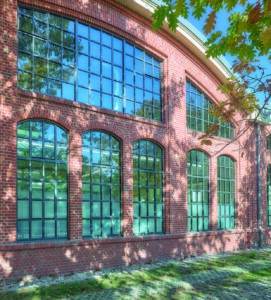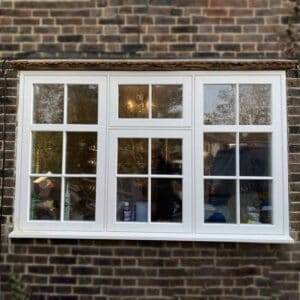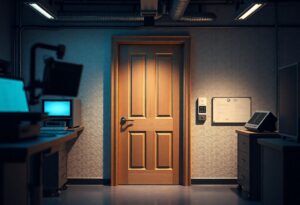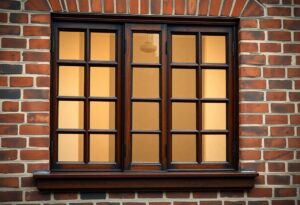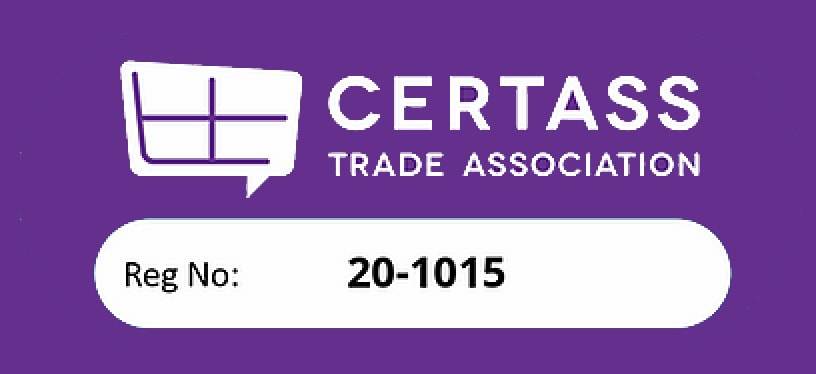Trends in high performance windows are evolving rapidly as energy efficiency and sustainability take centre stage in home design. You can expect advancements that significantly enhance thermal insulation, reduce energy costs, and improve indoor comfort. As you probe into the world of innovations, consider how integrated smart technologies can allow you to monitor and optimise your window performance in real-time. For more insights, explore The Future of Home Design: Innovations in Windows And … to broaden your understanding of these exciting developments.
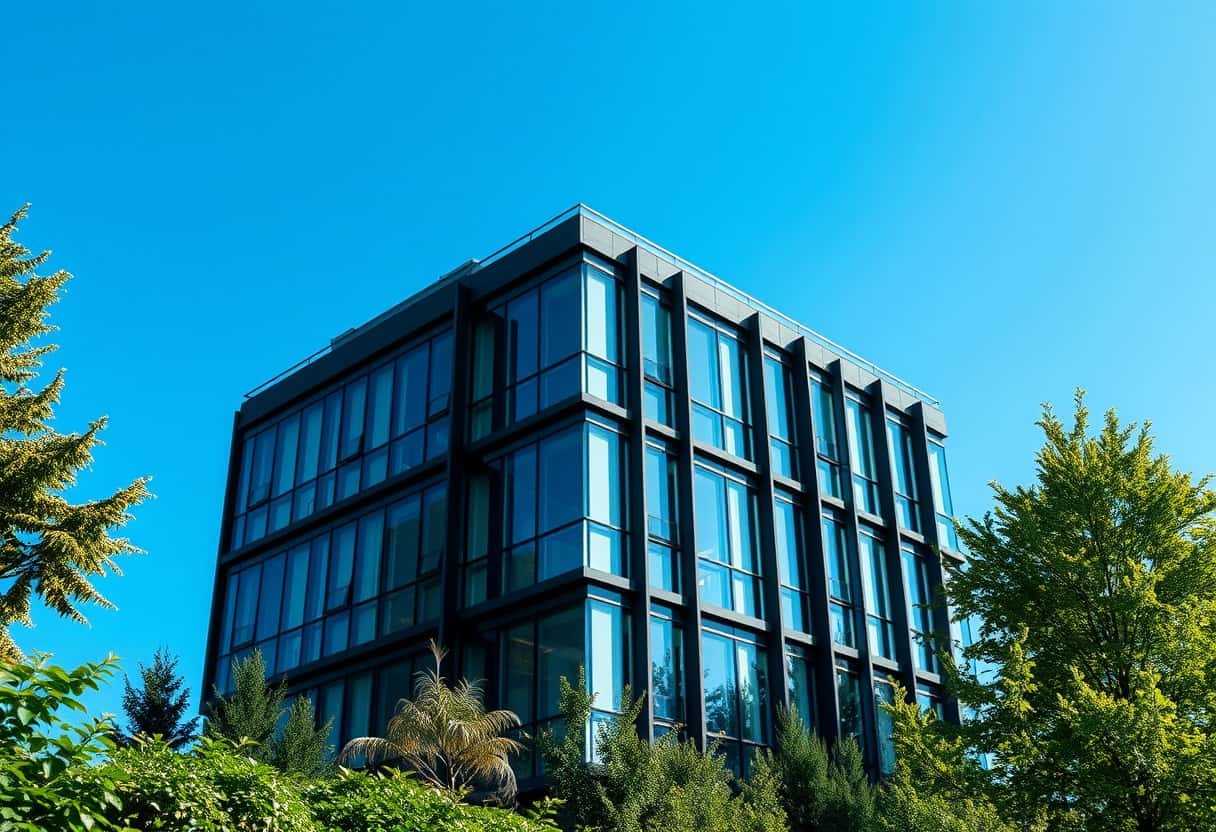
Emerging Technologies in Window Design
Advancements in window design are paving the way for high-performance solutions that enhance energy efficiency and aesthetics. Innovative materials and methods are being developed to optimise thermal performance, aesthetics and occupant comfort, making windows an integral part of modern architecture. You can expect to see significant shifts towards more sustainable and technologically advanced options that cater to the evolving needs of consumers.
Smart Glass Solutions
Any advancements in smart glass technologies, such as electrochromic and photochromic glazing, allow for dynamic control over how light and heat enter your space. These innovations enable occupants to adjust the transparency of the glass, improving comfort and reducing reliance on artificial lighting and heating. As a result, you can enjoy significant energy savings while maintaining a stylish and adaptable living environment.
Triple Glazing and Advanced Insulation
To further enhance thermal performance, triple-glazed windows have emerged as a significant improvement over traditional double-glazed options. These windows offer superior insulation by incorporating three panes of glass, dramatically reducing heat loss. Additionally, advancements in framing materials ensure that you receive greater energy efficiency and durability in your window installations.
| Enhanced thermal performance | Improved energy efficiency ratings |
| Reduced noise pollution | Greater comfort for occupants |
| Lower heating and cooling costs | Longer lifespan of windows |
Glass technology continues to evolve, providing solutions that allow you to optimise your home’s energy efficiency. These advanced insulation and triple glazing techniques not only keep your space comfortable but also help you reduce your environmental impact. By incorporating these innovations, you’re investing in a sustainable future for your home.
- Significant energy savings.
- Improved thermal resistance.
- Noise reduction.
- Longevity of window materials.
Energy Efficiency Regulations and Standards
The landscape of energy efficiency regulations is rapidly evolving, pushing the boundaries of innovation in high-performance windows. As countries and regions intensify their commitments to combat climate change, stringent mandates are being implemented to ensure that buildings utilise the most effective materials. These regulations not only guide your choices as a consumer but also compel manufacturers to continuously upgrade their products to meet enhanced standards, ensuring a future where energy-efficient solutions are the norm.
Global Trends in Energy Codes
With recent changes to building energy codes worldwide, the focus on adopting high-performance windows has become increasingly prominent. Many jurisdictions are implementing more rigorous energy efficiency regulations that require better thermal performance and reduced operational energy consumption. For manufacturers and builders, these changes necessitate a proactive approach to compliance and certification, ensuring that your projects meet the latest standards to avoid potential penalties and to enhance the marketability of your properties.
Performance Metrics and Testing
Regulations dictate the importance of key performance metrics used to evaluate window efficacy, including U-value, Solar Heat Gain Coefficient (SHGC), and Visible Transmittance (VT). These measurements assess thermal insulation, solar energy absorption, and light transfer, respectively. Best practices in window testing and certification are vital for maintaining quality assurance, ensuring that you invest in products that meet or exceed industry expectations. (Selecting windows with optimal performance metrics can significantly improve your energy savings.)
At the heart of the performance metrics framework lies the need for rigorous testing and certification processes. By understanding U-value, SHGC, and VT, you will be better equipped to choose windows that not only comply with regulations but also enhance the comfort and efficiency of your spaces. Choosing the right window based on these metrics can lead to significant long-term energy savings and improved indoor environment quality. (Prioritising compliance with these metrics is vital for future-proofing your building projects.)
Sustainable Materials and Production Methods
While the push for sustainability in construction accelerates, the window industry is embracing innovative materials and production methods. By prioritising environmentally friendly options, manufacturers can reduce their carbon footprint and create high-performance windows that meet both aesthetic and efficiency demands. This shift towards sustainable practices not only contributes to improved energy efficiency but also enhances the overall lifecycle management of window installations, ensuring they are both effective and responsible choices for modern architecture.
Eco-friendly Frame Materials
Methods such as utilising innovative fibreglass, recycled aluminium, and renewable resources for window frames have emerged as top choices for sustainable construction. These materials not only reduce reliance on virgin resources but also provide excellent durability and thermal performance. By adopting sustainable production methods, you can significantly influence the lifecycle of your windows, resulting in a reduction of environmental impact throughout their use. Moreover, these materials may offer long-term savings on energy costs, underscoring the benefits of choosing eco-friendly options.
Life Cycle Assessment in Window Manufacturing
Above all, understanding the importance of life cycle assessments (LCAs) in the window manufacturing process is necessary for making informed decisions. LCAs evaluate the environmental impacts of products through every stage of their life, from extraction and manufacturing to usage and disposal. By applying LCA findings, you can make sustainable design choices that enhance the overall performance of your windows. In doing so, you are not only contributing to a greener environment but also potentially reducing future renovation and disposal costs (consider using LCAs when selecting your window suppliers).
Even as the industry evolves, incorporating life cycle assessments into your decision-making process is vital. By assessing factors such as energy use, material sourcing, and waste generation, you can identify opportunities to improve sustainability in your window choices. This not only demonstrates environmental stewardship but also leads to cost-effective investments over time. Your commitment to utilising LCA-informed designs can help drive a greater shift towards sustainable practices in the building sector (always consider how your window choices impact the environment over time).
Market Trends and Consumer Preferences
For anyone considering an investment in high-performance windows, understanding the current market trends and consumer preferences is crucial. You may notice an increasing demand for energy-efficient solutions that not only offer superior thermal performance but also reduce your carbon footprint. As sustainability becomes a core value, many homeowners seek out products that align with their environmental ethos, driving manufacturers to innovate in eco-friendly technologies and energy-efficient designs.
A Shift Towards Sustainability
Trends indicate a growing consumer preference for sustainable building products, including high-performance windows. As energy efficiency becomes a priority, there is an increased investment in technologies that minimise environmental impact while enhancing functionality. Consumers favour options that not only save energy costs but also contribute positively towards their sustainability goals.
Customization and Aesthetic Appeal
Customization is becoming increasingly popular among consumers who wish for unique window designs that combine energy efficiency with aesthetic appeal. Manufacturers are responding to this demand by providing personalised options that cater to individual taste, while simultaneously enhancing the visual performance of their products. (You should evaluate what design options best meet your style and energy efficiency needs.)
Also, you will find that manufacturers are keenly aware of the shift towards blending personalisation with performance in window designs. Consumers are looking for windows that not only fit their home’s architecture but also reflect their personal style. This trend has prompted an array of customisable features, such as unique colour finishes, sizes, and configurations that enhance the overall aesthetic. (The decision you make about your windows can significantly affect your home’s energy efficiency and visual appeal.)
Innovations in Installation Practices
Once again, high-performing windows is experiencing remarkable evolution through innovative installation practices. The integration of advanced techniques, such as pre-manufactured window units and precision fitting technologies, significantly enhances both efficiency and performance. These innovations not only reduce installation time but also contribute to the longevity of your windows. However, the role of skilled labour is indispensable, as proper installation ensures that these improvements translate into long-lasting performance.
Advanced Installation Techniques
By adopting advanced installation techniques, you can greatly improve the reliability and effectiveness of your high-performance windows. These methods incorporate:
| 1. Pre-manufactured window units | Streamlined assembly and reduced on-site labour. |
| 2. Precision fitting technologies | Enhanced seal and energy efficiency. |
| 3. Use of innovative materials | Greater durability and thermal performance. |
| 4. Enhanced software tools | Improved accuracy in measurements and planning. |
Training and Certification Programs
Installation of high-performance windows mandates your engagement in training programmes focused on best practices and standards. Through certification, you elevate the quality of your work, ensuring that installations comply with industry specifications and instilling confidence in your clients. This training is imperative to stay updated with the latest technologies and methods in window installation.
Techniques in training and certification are vital in creating a safety-oriented environment while promoting excellence in window installations. Engaging in these programmes not only equips you with knowledge about best practices, but also prepares you to manage potential risks associated with poor installations. Enhancing your skills can directly influence the performance of high-performance windows, leading to happier customers and a more robust reputation in your field.
Case Studies of High-Performance Windows
Unlike traditional windows, high-performance windows have demonstrated their capability to significantly enhance energy efficiency and comfort in various settings. Consider the following case studies:
- Project A: Achieved a 40% reduction in energy costs with triple-glazed units.
- Project B: Boasted a 50% increase in natural light, improving occupant productivity.
- Project C: Utilised low-E coatings, resulting in a 30% decrease in heat loss.
For more insights on the Future of Window Installation: Innovations and Trends, these examples showcase the effectiveness of these windows.
Notable Projects and Installations
By exploring exemplary projects that have effectively integrated high-performance windows, you can see impressive energy savings and innovative designs emerge. Projects like the Green Horizon Building recorded a 60% reduction in energy usage, while the Eco-Home used advanced window technology to maximise aesthetic appeal without sacrificing efficiency. These installations provide valuable lessons about sustainable practices in design that can influence your own projects.
Lessons from the Industry
Industry insights show that successful installations of high-performance windows reveal key trends and challenges, as well as best practices for your future projects. You should consider investing in advanced materials and technologies that enhance thermal performance, as these can lead to substantial long-term savings. Avoid common pitfalls such as poor installation practices, which may diminish the overall efficiency of windows.
A thorough analysis of successful installations demonstrates that investing in high-performance windows not only enhances comfort but also delivers tangible energy savings. However, you must be cautious of potential installation errors that compromise performance. Adopting best practices, such as regular training for installers, can mitigate these issues while promoting a greater understanding of cutting-edge technologies that push the boundaries of energy efficiency. Your commitment to these principles will ultimately inform the success of your projects and contribute to sustainable building practices.
Summing up
Conclusively, as you explore the future of high performance windows, you’ll discover a landscape rich with trends and innovations designed to enhance energy efficiency, aesthetics, and sustainability. Advances in materials and smart technologies will enable you to select windows that not only reduce carbon footprints but also elevate the comfort of your living spaces. Staying informed about these developments will empower you to make choices that benefit both your home and the environment, ensuring you remain at the forefront of modern architectural standards.
FAQ
Q: What are high-performance windows?
A: High-performance windows are specially designed to enhance energy efficiency and comfort in buildings. They typically feature advanced glazing technology, superior insulation, and weather-resistant framing materials, aiming to reduce heat loss in winter and heat gain in summer. These windows often exceed standard performance metrics, contributing to reduced energy bills and improved building sustainability.
Q: What innovations are currently shaping the future of high-performance windows?
A: Several innovations are influencing the future of high-performance windows. These include technologies such as dynamic glazing that can adjust tint in response to sunlight, triple glazing for enhanced insulation, and the use of spectrally selective coatings that filter specific wavelengths of light. Additionally, smart windows that integrate with home automation systems are becoming more prevalent, allowing for real-time adjustments to optimise energy efficiency.
Q: How do high-performance windows contribute to sustainability?
A: High-performance windows significantly contribute to sustainability by minimising energy consumption. They reduce the reliance on heating and cooling systems, thus lowering greenhouse gas emissions. Additionally, the materials used in these windows are increasingly sourced from sustainable practices, and many manufacturers are focusing on life cycle assessments to ensure environmental responsibility throughout the window’s lifespan.
Q: Are high-performance windows worth the investment?
A: Yes, though they may come with a higher initial cost, high-performance windows can lead to substantial savings over time. The reduced energy bills, increased comfort, and potential tax incentives for energy-efficient upgrades often outweigh the upfront investment. Additionally, properties fitted with high-performance windows tend to have higher resale values and appeal to environmentally conscious buyers.
Q: How do I choose the right high-performance window for my home?
A: When dicking out high-performance windows, consider factors such as your local climate, the orientation of your home, and your specific energy efficiency goals. Look for windows with a good U-value (insulation) and Solar Heat Gain Coefficient (SHGC) suitable for your environment. Consulting with a professional can help determine the best options tailored to your needs and maximise benefits.
Q: Will high-performance windows enhance indoor comfort?
A: Yes, high-performance windows greatly enhance indoor comfort by maintaining consistent temperatures throughout your home. Their superior insulation properties minimise drafts, while features like argon gas filling and low-emissivity coatings reduce glare and prevent harmful UV rays from entering. This creates a more pleasant living environment year-round, regardless of external weather conditions.
Q: What maintenance is required for high-performance windows?
A: High-performance windows generally require low maintenance compared to traditional windows. It is important to regularly clean the glass and inspect the frames for any signs of wear or damage. Lubricating the moving parts of operable windows and checking seals will help ensure longevity. Manufacturers often provide specific guidelines which can help maintain their efficiency and aesthetic appeal over time.


